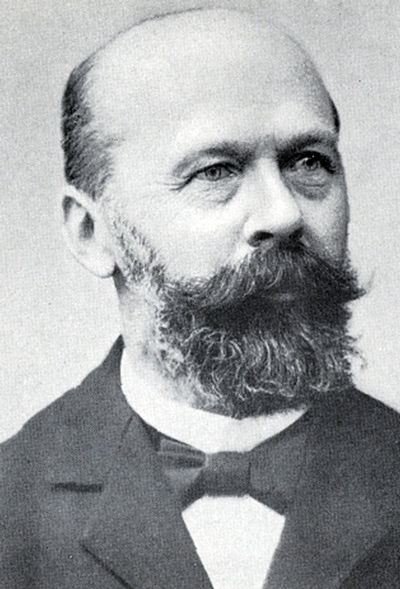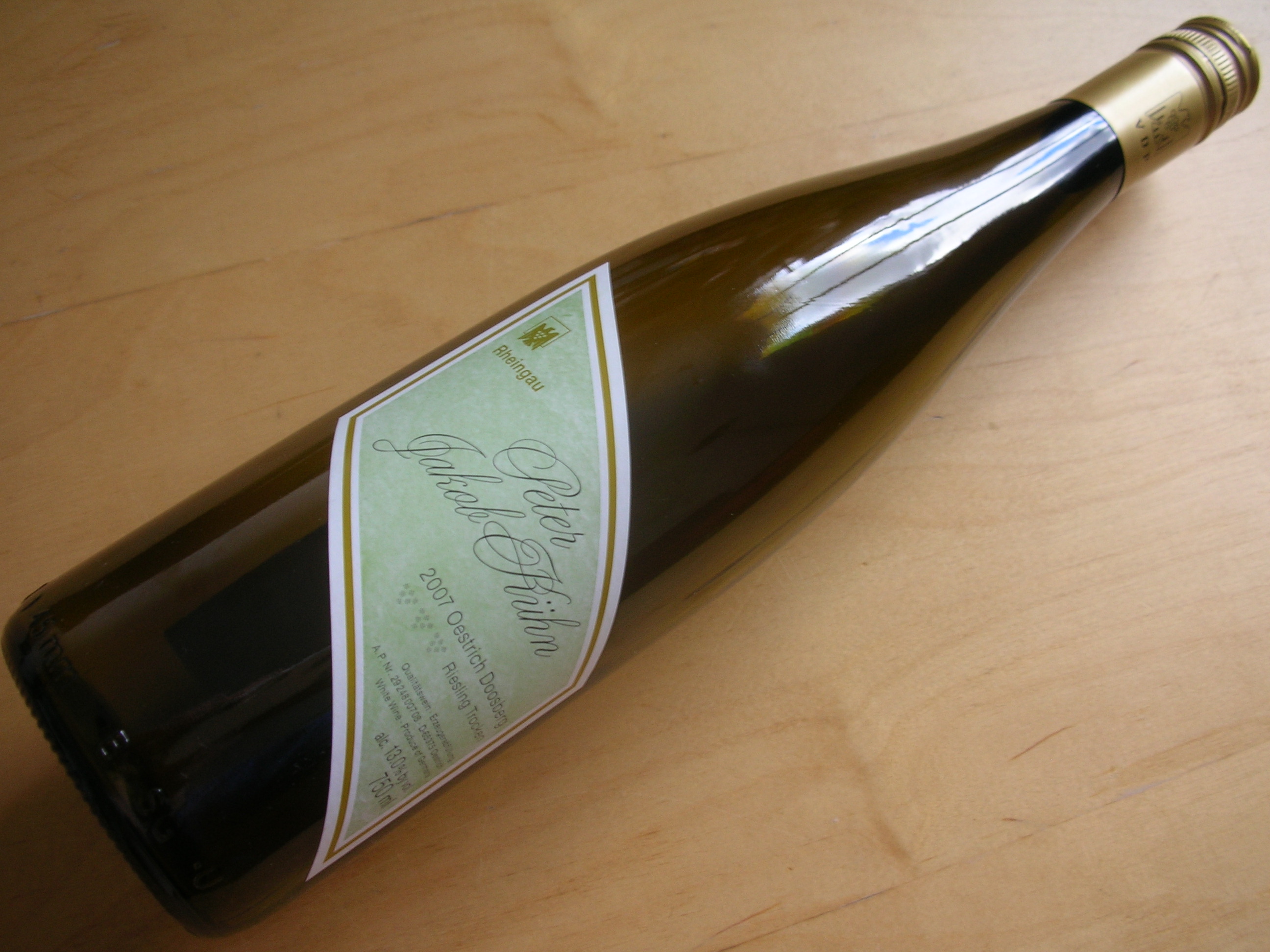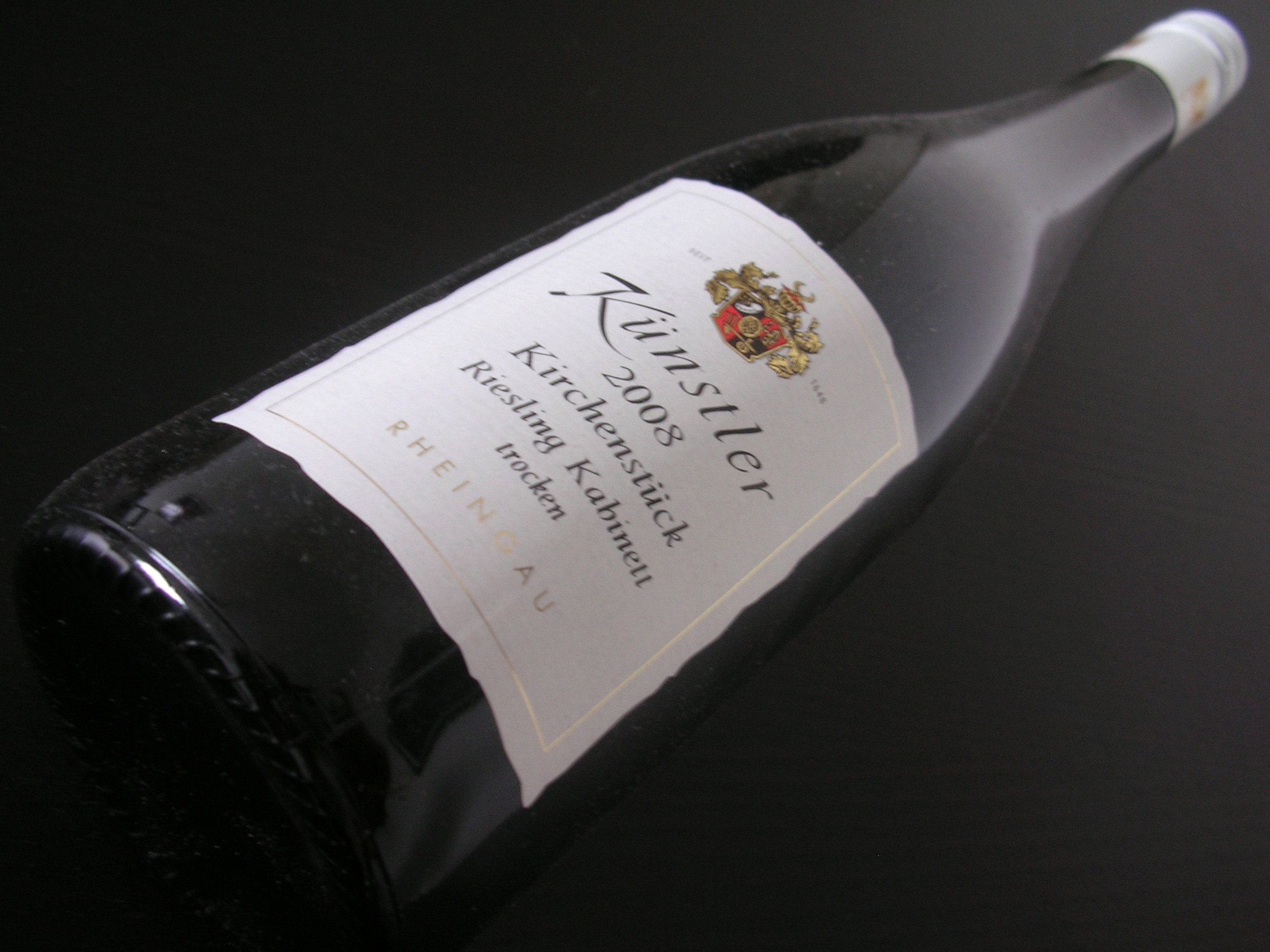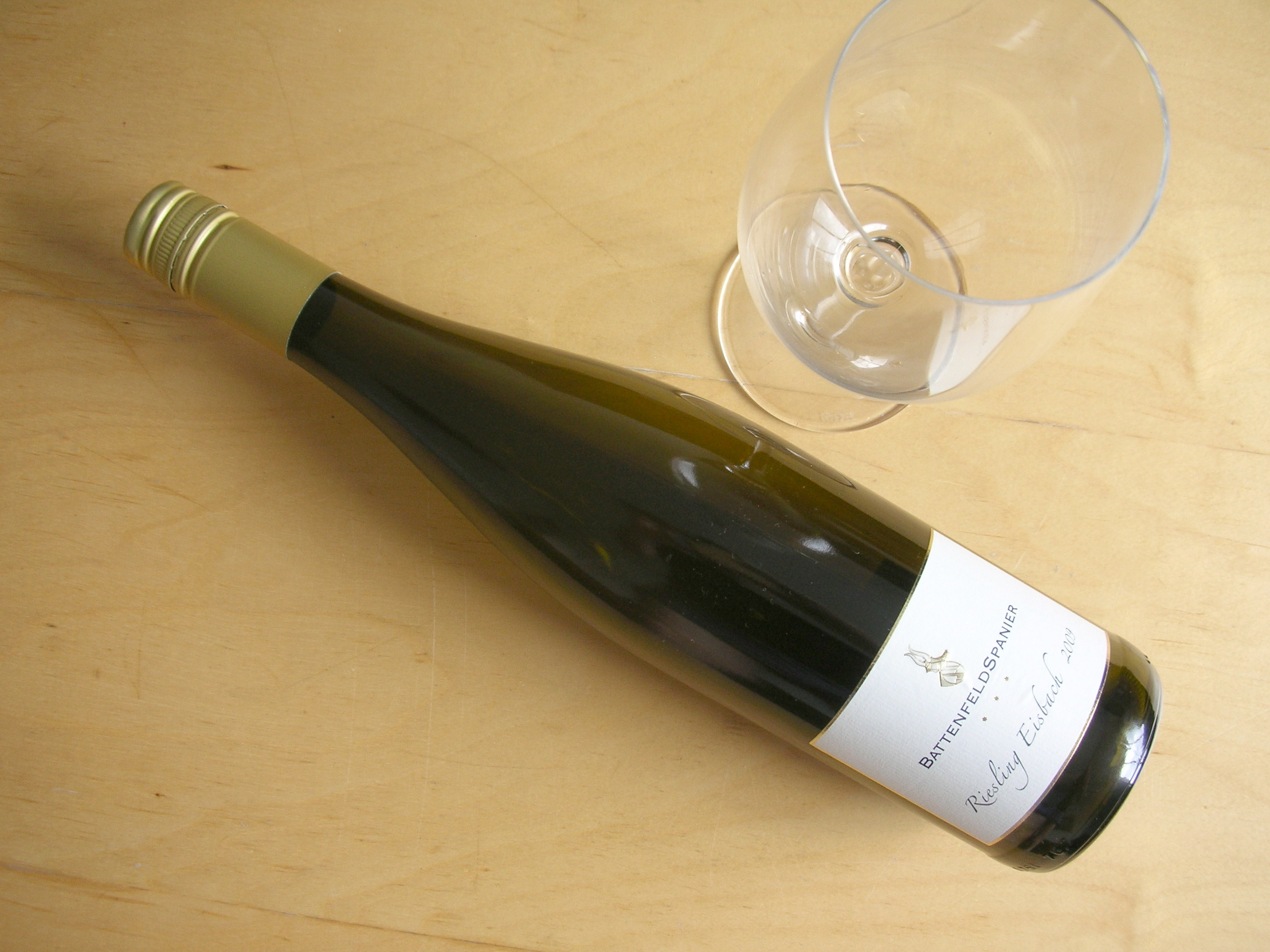The Mosel, heartland of the German Riesling, valley of steep slopes, home of castles and ruins - what better place to spend a holiday and taste some wine? Molly Hovorka, food-wine-travel blogger of Baking in Stilettos recently embarked on such a Mosel adventure, and she was kind enough to share her travel story with the Wine Rambler's readers - who may know her from a previous guest ramble, on the subject of Hungary's unique white wines. A highly recommended read, as is the following ramble on her Mosel adventure. Enjoy, and learn.

Mosel travels, a guest ramble by Molly Hovorka
It’s hard to believe that I’ve become such a lover of German wines. Years and years ago, I had the opportunity to attend a tasting of 40+ German wines from the West Coast’s top importer. To say I didn’t like them would be an understatement: I believe I described them as tasting like flat grape soda, and weak soda at that, and left having purchased two bottles of Spanish wine from the bargain bin.
I could kick myself today. No doubt we were tasting amazing wines that day; I believe the cheapest on the table was around $40/bottle and the prices went up sharply from there. Happily, my taste has changed and now nothing delights me more than the acidity, bright fruit, comparatively low alcohol content, and, most especially, the minerality of Mosel Riesling.










